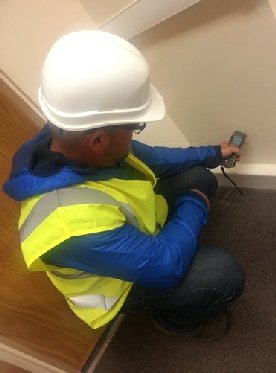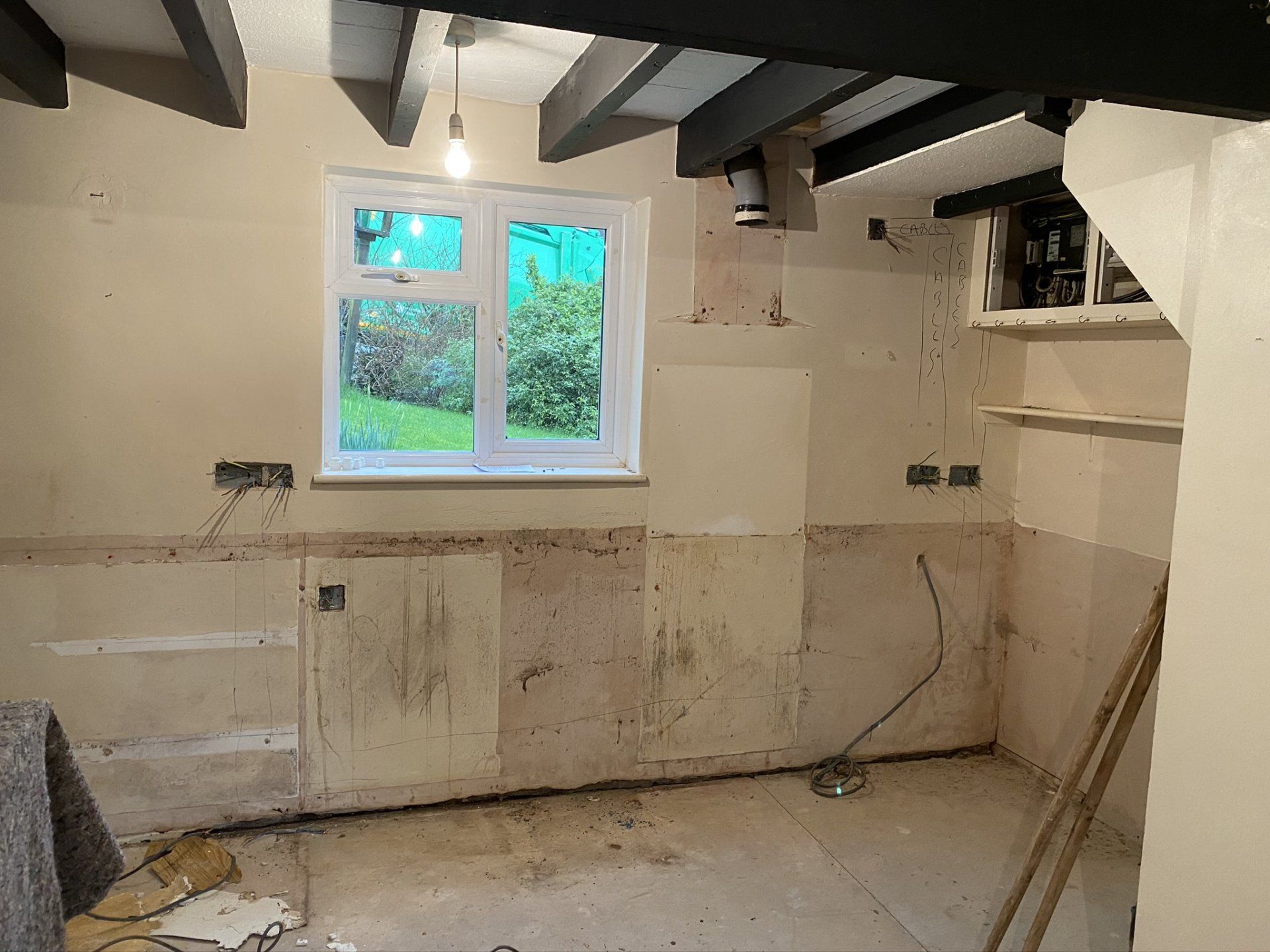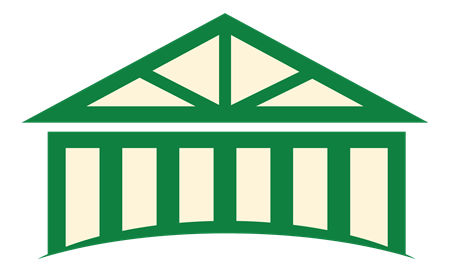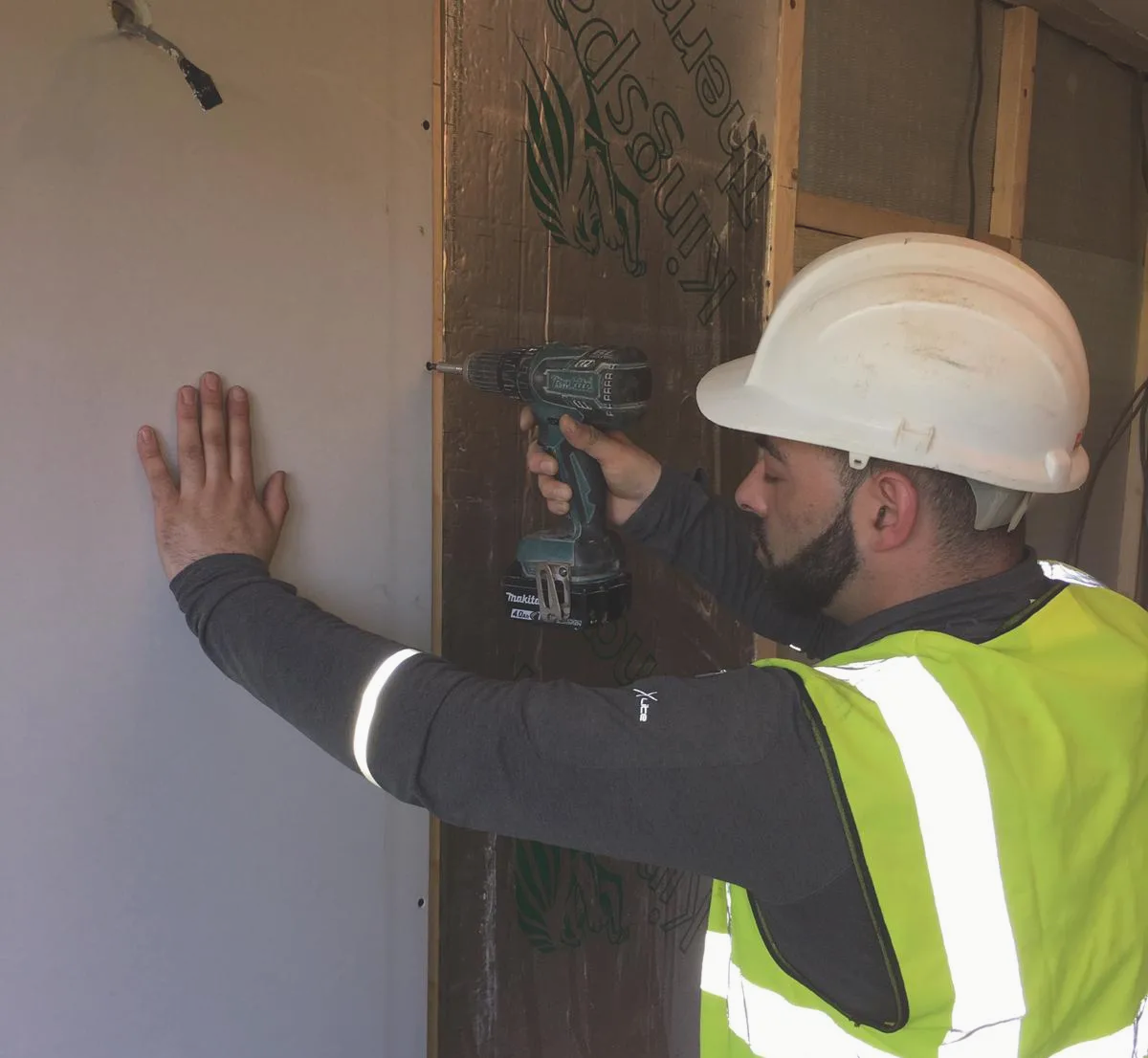Damp Proofing
Damp Proofing Herefordshire
Our versatile team can provide a full array of building services, including damp proofing on properties across Herefordshire, Monmouthshire and the Wye Valley. We have an experienced team capable of working on period and listed buildings as well as modern ones. It is our aim to ensure that every single property we work on is left with effective protection, thereby minimising the risk of damp and the damage it can cause.
Damp is one of the most common issues with domestic properties and can cause all kinds of problems, affecting the health of inhabitants and damaging building materials. It is caused by the passage of water into these materials and it then getting trapped in impermeable ones that prevent it from dispersing. Tiles, linoleum, cement and synthetic paints can all create problems by trapping moisture.
The best way to protect a property is to install damp proofing. It comes in several different forms to cater for different building materials and situations, including a damp-proof course (DPC) to create a barrier against rising damp, a damp-proof membrane (DPM) to prevent moisture transmission and surface coatings. Materials can be added directly into the concrete to make it impermeable. Cavity walls also help to reduce the risk of damp conditions developing because there is separation between the internal and external walls.
The type of damp proofing that is used will depend on several factors including the design, layout and location of the property. We are accomplished at using various types of materials to protect properties from damp and will choose the most appropriate solution for your particular property. Our extensive experience means clients can rely on us to address problems and ensure the right steps are taken. We can work on new builds, extensions and take on remedial works too, providing the same attention to detail on every single project.
Clients throughout the region can call on our experienced team to help them in all kinds of situations. We will always strive to find the best
damp proofing solution for them, taking into account the cost and benefits that each option will offer. You can rest assured that we always carefully consider health and safety to ensure that all of the materials that we use are safe.
If you would like further information about damp, whether it is about the causes, problems it can cause or the solutions, please get in touch. We are happy to answer questions and offer advice.
All damp proofing work is gauranteed and certificated
For a fast free survey please call or contact us by our
contact page and we will get back to you
.


All our damp proofing work is guaranteed and certified, so please get in touch if you require more information about damp or would like a free consultation.
Wye Valley Heritage – Your one call property care!
Wye Valley Heritage Ltd
Building, Renovation & Damp Proofing Specialists
Mobile: 07713 279819
Email: lyndon@wyevalleyheritage.co.uk
All Rights Reserved | Wye Valley Heritage

